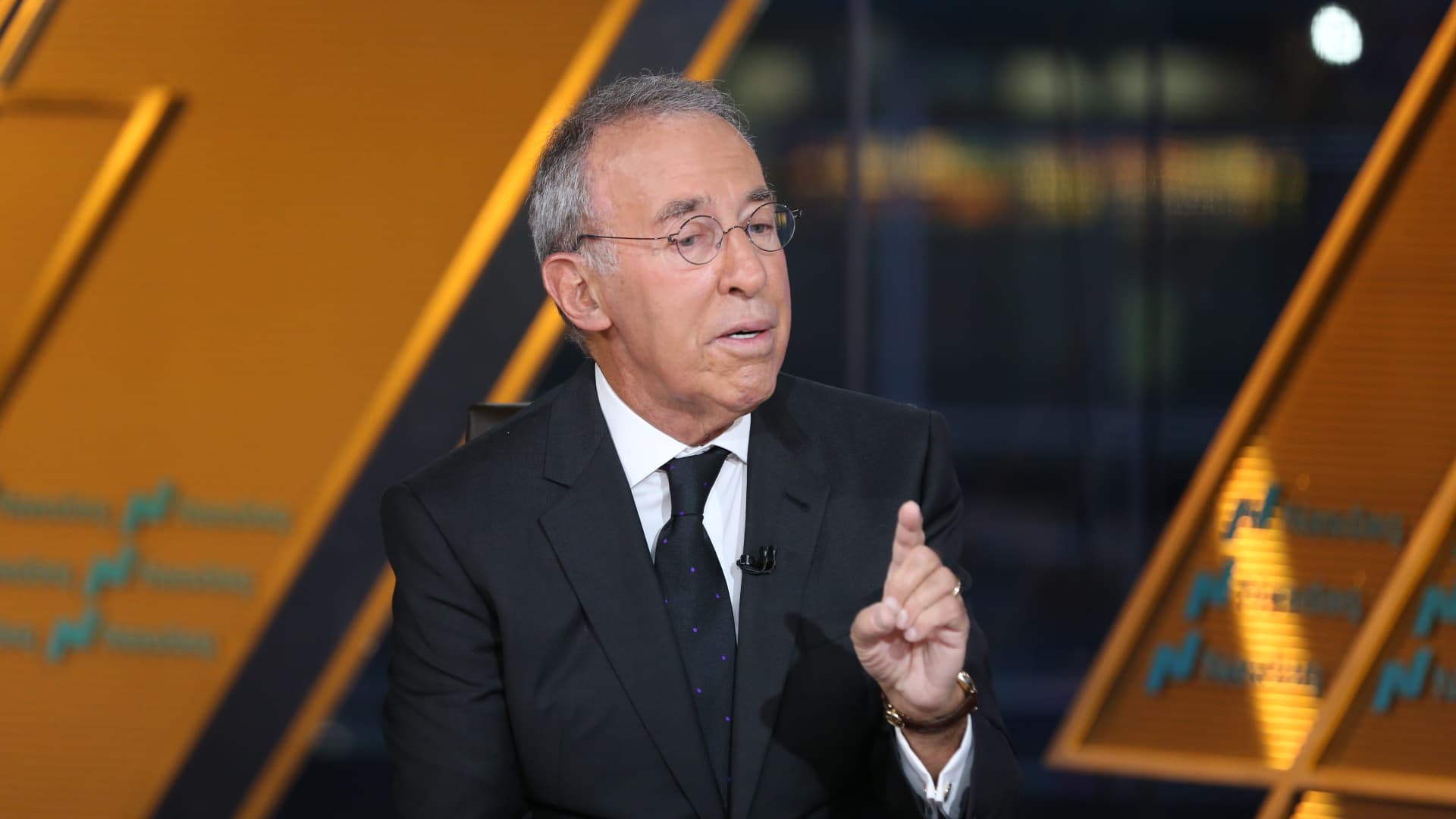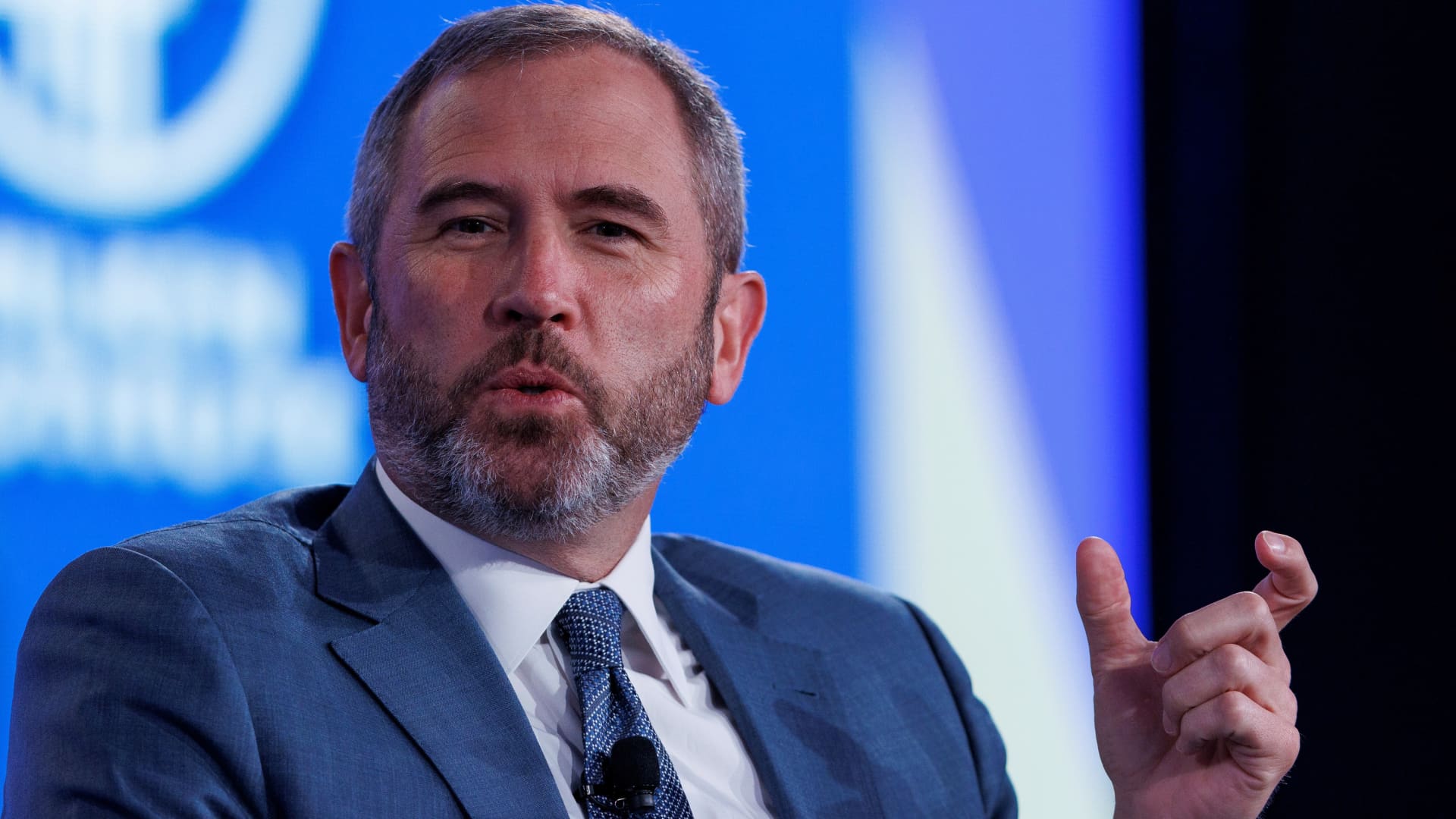The biggest takeaways from the Trump-Xi meeting — what the truce covers and what is still unclear


President Donald Trump and President Xi Jinping reached a trade truce during a high-stakes meeting in South Korea on Thursday, de-escalating a dispute over rare earth elements that had threatened to push the world’s two largest economies into a full-blown trade war.
China agreed to pause for one year the sweeping export controls on rare earths announced on Oct. 9 that had touched off the dispute.
Trump told reporters aboard Air Force One that the rare earths agreement is a one year deal that will be “very routinely extended as time goes by.” The president said he plans to visit China in April and Xi will come to the U.S., either Palm Peach, Florida or Washington D.C., at a later date
“We have a deal,” Trump said. “Now, every year we’ll renegotiate the deal, but I think the deal will go on for a long time, long beyond the year. But all of the rare earth has been settled, and that’s for the world.”
Trump said he cut tariffs effective immediately on China related to fentanyl to 10% from 20%. This reduces the overall rate on Chinese goods to around 47%, the president told reporters. Trump had previously threatened the slap China with 100% tariffs on Nov. 1 over its rare earth controls.
The U.S. will postpone a rule announced on Sept. 29 that blacklisted majority-owned subsidiaries of Chinese companies on an entity list, according to a statement from China’s Ministry of Commerce.
The U.S. and China also agreed to suspend fees for one year on ships that dock in each other’s ports.
Did China win?
Beijing had surprised the White House with strict export controls on rare earths ahead of the meeting between Trump and Xi, exploiting its dominance of the global supply chain to gain leverage over Washington.
The U.S. is dependent on China for rare earths, which are used to produce magnets that are key inputs in weapons platforms, semiconductor manufacturing, electric vehicles and other applications.
Xi successfully used the rare earths export controls and a soybean embargo to force the U.S. to lower tariffs, Wolfe Research strategist Tobin Marcus told clients in a note.
The truce reached between the U.S. and China is not a comprehensive deal, said Nicholas Burns, former U.S. ambassador to China during the Biden administration.
“Where we are is an uneasy truce in a long, still simmering trade war,” Burns told CNBC’s “Squawk Box.”
Truce vague in key areas
It is not entirely clear what China has agreed to in key areas such as agriculture and energy purchases from the U.S.
Trump said Beijing has agreed to purchase large amounts of a soybeans, sorghum and other farm products. China will buy 25 million metric tons of soybeans annually over the next three years, Treasury Secretary Scott Bessent told Fox Business in an interview.
But China’s Ministry of Commerce simply said the two sides agreed to expand agricultural trade without providing specifics.
Trump said China may buy a large amount of oil and gas from Alaska but a deal still has to be reached. Energy Secretary Chris Wright and Interior Secretary Doug Burgum will meet with Chinese officials to see if such an agreement can be worked out, Trump said.
Trump said he discussed the export of Nvidia chips with Xi and will speak with CEO Jensen Huang about it. But the discussions did not cover the most advanced Blackwell graphics processing units, the president said. It is up to China and Nvidia to reach a deal, he said.
“I said that’s really between you and Nvidia, but we’re sort of the arbitrator,” Trump said on Air Force One.
China’s Ministry of Commerce said Beijing will work with the U.S. to “resolve issues related to TikTok,” though no further detail was provided. Trump did not mention TikTok during his comments to reporters aboard Air Force One or in a Truth Social post about the truce with China.









